-
Posts
4,723 -
Joined
-
Last visited
-
Days Won
7
Content Type
Profiles
Forums
Blogs
Gallery
Events
Store
Posts posted by Gordon Craig
-
-
Without a picture it is very difficult to respond to your request.
Regards,
Gordon
0 -
No One,
Thanks for posting this extremely interesting story of the man and his medals. Well beyond the financial reach of many of us of great use to those of us interested in Japanese and Arctic medals.
Regards,
Gordon
0 -
Michael,
Here is a link to the Belgian POW escapee medal.
Regards,
Gordon
0 -
In ribbon bars like this, it probably belonged to a General Officer originally, the individual made their own decision as to what ribbons would be included in the bar. The General officer involved would have had many other awards, including long service ones, but as I said above, it was his choice as to what he wore. Rarely were all the persons complete awards displayed.
Regards,
Gordon
0 -
Bill,
Thanks for your response. I had read somewhere that because the original issue was for a ribbon and that the medals was introduced at a later date that only the ribbon was authorized for wear by U S forces. Thanks for confirming that. Interesting that you had to purchase your own ribbon. I have seen these ribbons in wear by those who served during the invasion and those who stayed behind to fight afterwards. The difference being that those who actually fought during the invasion wore a small bronze star on the ribbon. Thanks again for your help.
Regards,
Gordon
0 -
Farkas,
Your assumptions are correct. They are either all fakes/repros or just plain fantasy badges. To compare the numbered badges look at this site. https://www.medalbook.com/germany-third-reich-1933-1945/badges/n-s-d-a-p-golden-party-badge/nsdap-golden-party-badge-large-version-1 . I am not an expert but the badge on this site appears to be authentic. You should do some research on the correct lettering on these badges. The book published on these badges is long out of print and worth its weight in gold if you could find one and afford the price. There are some collectors on WAF that know these badges very well.
Regards,
Gordon
1 -
-
Farcas,
There should not be M numbers on the items that have them. They were not NSDAP items and therefore did not fall under the regulations covering the sale of Party insignia etc. The Kyffhauser cap badge appears to be authentic.
Regards,
Gordon
1 -
The following response was posted by Antonio on the WAF. I have translated it to English.
PERMANENCE IN THE LEGION
To see the enlarged emblems, click on the image
To see a larger picture of a particular badge please click on it
1 -
Chris,
Interesting picture and very useful answer from Antonio. I am going to past an English translation here of Antonio's link.
Regards,
Gordon
0 -
I am seeking information on the Philippine Defence medal as issued to American forces when it was originally authorized in 1945. What did the attachment on the back of the ribbon look like? Did it come in a box or a paper envelope? Any information on the medal, as originally issued, would be appreciated.
Regards,
Gordon
0 -
Peron,
5th M is 5th Mounted Rifles. S.A.S.E is South African Service Engineers, Ref - https://stampssa.africa/wp-content/uploads/2021/04/SA-Mil-Abbreviations.pdf
Regards,
Gordon
1 -
Phillip S,
Sorry that I missed your post in 2022. I can not answer either question from memory so I will not try. All of my Hungarian reference books are still in storage. Cimbineus wrote my reference book and he could certainly answer your question should he log on again.
Regards,
Gordon
0 -
Phillip S,
Very nice set of badges. I can not say much about this set as all of my reference books are in storage since we moved into a condo. It's too bad that the first badge posted doesn't show what the back looked like. There is another type of case with the position of the large and small badges reversed. The back of these badges is the same as the one that you posted.
Regards,
Gordon
1 -
-
Try the Anglo Boer War site https://www.angloboerwar.com/other-information/91-research-and-family-history/1851-qsa-medal-roll-index
Regards,
Gordon
1 -
Glad that I could add something to you on Hungarian medals.
Regards,
Gordon
0 -
The Order of Merit for Mothers comes in two classes. Silver and gold with gold the highest. The Medal of Merit comes in four classes. Bronze, Silver, silver and gold, and Gold with gold the highest. In the reference I have on hand for these awards the criteria for the awarding is not clear so if anyone has that criteria please add it to this thread. Here is my translation of the Hungarian text in my reference book;
A star with 10 rays, in the center of which is the figure of a women with an infant held in her left arm and an unfurled flag in her right hand. Next to her is a little boy with his left hand on the flagpole with a small girl next to him. At the bottom is the 1949 State Coat of Arms. The State Coat of arms is enameled on the Order and is not enameled on the Medal. Six sides are smooth.(?) Material: gold-plated stamped. Size: 43 mm. They were worn on a red-white-grey-red, even striped ribbon.The Order of Merit and Medal of Merit were awarded from 1951 until 1957. It could be given to mothers who brought six or more children into the world and raised them. I-II for the Order of Merit, I-IV for the Medal of Merit. He had a degree.(?)The Order of Merit I degree could be awarded to a mother who raised a child of II or more. Distinguished degrees awarded to 35,000 mothers between 1951-57.Regards,
Gordon
1 -
15 hours ago, Freejack said:
Thanks for the advice. I showed a cross on WAF. Everyone there said that the cross was original Souval. But on another forum, they told me that it was garbage. I do not know what to think. Look at the numbers 1939, and the swastika. The first cross on WAF is said to be original. The second cross is also original but on a different forum. on the first cross of the number 1939 the top shows the line. The second cross (identified as 100% original) numbers 9 and 9 are smaller in size than 1 and 3. Swastika, look, the first swastika cross has a shape with vertical sides at an angle, the second cross, the swastika has vertical sides without an angle and I marked the difference in red. The first cross has a strange stamp, the second is very high quality 800.
I am thinking , maybe better to stop to buy WW2 items.
Thanks Gentlemen for yours answer
Freejack,
I collected Third Reich artifacts for a number of years and then quit. There are two things that you need to accept if you buy German artifacts from this era. At some point you will buy something you feel is legit only to find out later that it is a fake. Also, as you have already noted, some collectors will tell you an article is real and some will tell you it is fake. Who do you believe? And is the person giving you their opinion of your pictured item knowledgeable or not? I now collect post war German artifacts. Mostly police and ODMs from many different countries. No matter what you collect there is always the danger of copies made to deceive the collector. Third Reich era prices are so high that they attract people to make fakes. It is too much of a mine field for many collectors.
Regards,
Gordon
2 -
Freejack,
There is a sub forum on the Waffen Awards Forum (WAF) that I would suggest you post your cross on. The collectors who post there specialize in the area you are seeking answers on. https://www.wehrmacht-awards.com/forums/forum/wehrmacht-era-militaria/-1957-medals-orders-and-decorations
Regards,
Gordon
1 -
Interesting review of the Order. I'd like to add some pages from a book, published by the Republic of Argentina in 1968, on the regulations from 1957 and 1958. The pictures are glossy prints pasted onto the pages of the book and suffer from clarity but as an official book it is a useful document. I acquired it from a rare book seller in South Africa several years ago.
Regards,
Gordon
0 -
Tony,
Thanks for adding to the thread. I was wondering if it would be possible to judge WWI and WWII badges like this by makers mark and your badge certainly lends credence to that theory.
Regards,
Gordon
1 -
Farkas,
While I'm willing to accept these badges existed in WWII I feel that they probably had a long history. https://www.express.co.uk/expressyourself/651255/Women-sewing-circles-helped-Britain-win-WW2-war-UK Possibly dating from WWI or even earlier. There were many Women's Sewing Circles in Canada that came into being in 1914. I am sure the same thing happened in the UK. And not just for the RN. Here is an example of one of the Canadian groups founded in WWI to knit for the troops. Primarily for a specific and many of the wives became members of the sewing circle.
http://rhymeswithfyfe.blogspot.com/2013/06/westmount-soldiers-wives-league.html I have a badge to this organization but unfortunately none on file that I can post now.
Do the search continues for more background on these badges.
Regards,
Gordon
Thomas Fattorini Ltd
- What I have posted below does not guarantee that theses badges were produced during WWI but an interesting fact about a factory that did produce Home Front badges during WWI.
- Regards,
- Gordon
From Wikipedia, the free encyclopediaThomas Fattorini Ltd is a manufacturing jeweller and designer-maker of awards, trophies, ceremonial swords, civic insignia, medals and name badges. The company is located on three sites in Manchester, Birmingham and London with their head office in Skipton, North Yorkshire.
History[edit]
The company was founded in 1827 by Antonio Fattorini an Italian speaking immigrant who was born in 1797, from Bellagio near Como in the north of Italy and who settled in Yorkshire where he began to trade in jewellery, watches and barometers.[1][2] He was one of many Italian immigrants who came to in England between 1790s and 1851 at the time when the Napoleonic wars left northern Italy with a destroyed agriculture and much hardship. The regional origins of most of the Italian immigrants were the valleys around Como, and Lucca with the people from Como being skilled artisans, making barometers and other precision instruments.[3]
The first record of him trading was at Upton Yard off Briggate, Leeds 1826.[4] The retail outlets that he established were consolidated in the first generation into three enterprises: Thomas Fattorini in Skipton established in 1827 with the assistance of his brother-in-law Baldisaro Porri who was also a barometer maker and merchant in Skipton, Fattorini and Sons in Bradford in 1829, and Antonio Fattorini in Harrogate in 1831.[5]
During the First World War the company manufactured badges for the armed forces, including the Royal Flying Corps (R.F.C) badge,[6] and Home Front badges for civilians.[7]
Thomas Fattorini Ltd registered its punch at various Assay offices: Birmingham (1918),[8] Edinburgh (date?), London (date?) and Chester (1898).
The British Hallmarking Council chose a new commemorative mark to celebrate Her Majesty The Queen's Platinum Jubilee 2022 which was designed by Thomas Fattorini. It depicts an Orb, and reflects the traditional fineness mark for platinum.[9][10]
1 -
Farcas,
Thanks for the link to Sally Bosley's site. So far I've restricted myself to Canadian badges to women's groups (and yes men knit-my brother knit his own socks while he served in Europe in WWII) and I would have bought the Newfoundland badge if it were still available. I might by it yet but there are so many things I want to buy right now!!!!!
Regards,
Gordon
1







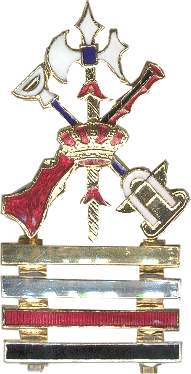

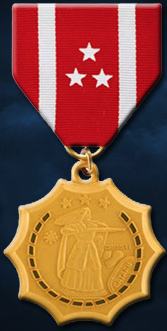

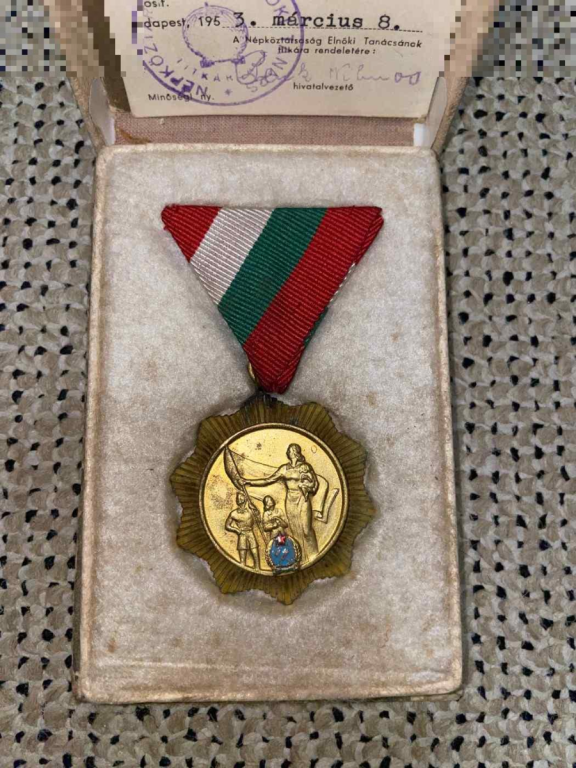
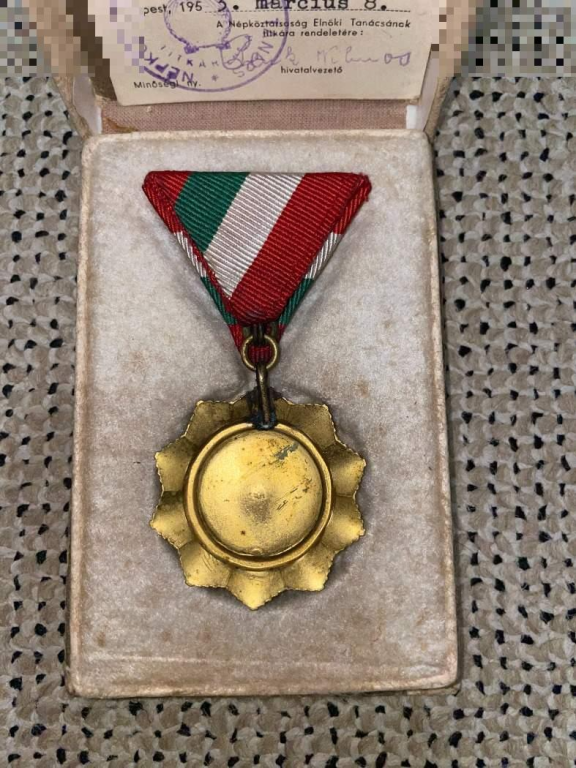
.thumb.png.87b3e4cc4e045ab29a2fa5341b604f4a.png)
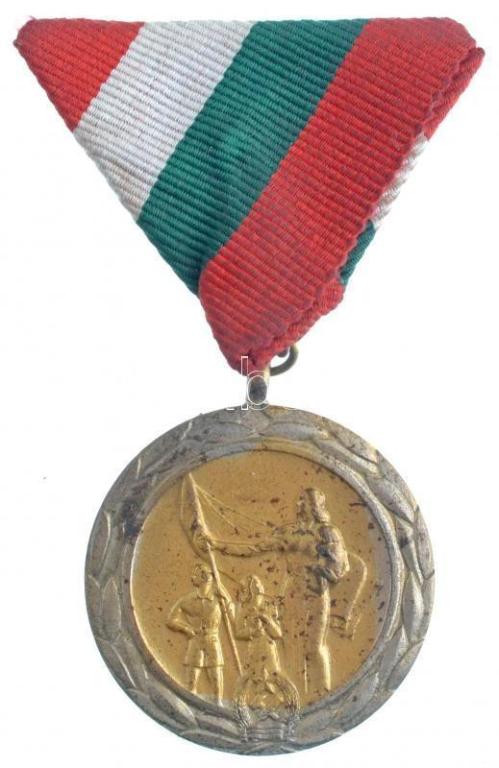
.jpg.c34e421d704d56b9494cf604487cb30e.jpg)
.jpg.fae1293d330cb92074105435e02bee9c.jpg)
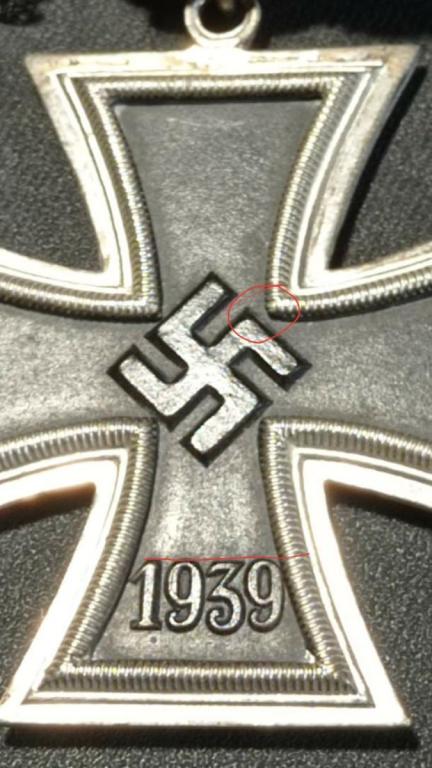

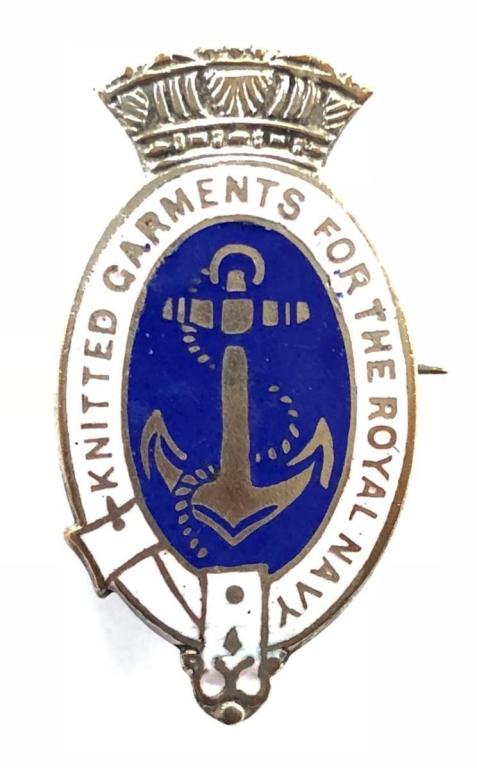

Commonwealth Badges - Medical, Nursing and Women's Services
in Commonwealth Realms: Canada, New Zealand & Australia Medals & Militaria
Posted
Terry,
There is a considerable amount of information on the web about VADs in Canada. Especially in WWI. Here is an article from the Parks Canada web site that covers the subject well in relatively few words.
Regards,
Gordon
Voluntary Aid Detachments
From: Parks Canada
Backgrounder
Although unable to enlist, over 2,000 Canadian women volunteered and found a way to serve their country during the Great War and during two national emergencies at home -- the Halifax Explosion and the deadly Spanish Flu pandemic. Organized by the Canadian Red Cross and St. John Ambulance, Voluntary Aid Detachments (VAD) worked as nurses’ aides, ambulance drivers, and clerical staff at convalescent hospitals in Canada and at some hospitals overseas. They assisted overworked medical and nursing staff in caring for thousands of injured and sick servicemen, some facing the same dangers and hardships as soldiers, nurses, and doctors working near the front lines.
Voluntary Aid Detachments first emerged in 1914 as Canada’s Militia Department made preparations at home, in anticipation of war in Europe. They were initially intended to create an emergency reserve of trained men and women who would support military medical services in case of invasion on Canadian soil. Later, following the outbreak of the First World War, the VAD program developed into a female volunteer nursing corps, as male recruits were quickly drawn into the armed forces. Canadian VAD units were modelled on a British system established in 1909, intended to supplement existing army nursing reserves. These reserves consisted of both professional nurses and civilian volunteers trained in first aid. While the British program utilized some 23,000 VAD nurses during the Great War, the Canadian program was more modest. Still, the number of women who enrolled as Canadian VAD members was considerable -- by the war’s end, some 2,000 had trained and qualified as VAD nurses. While the majority were limited to working in military convalescent hospitals on the home front, an estimated 500 Canadian VAD members served in British military hospitals overseas.
The first Canadian Voluntary Aid Detachments were formed in Halifax, Québec City, and Saint John, because these ports were expected to be the first to receive wounded soldiers returning from overseas. These were later followed by units in Montreal, Ottawa, and Victoria. Initially, VAD members engaged in non-nursing activities distributing comforts such as chocolate bars and cigarettes to departing troops and wishing them a safe return home. As the war progressed, however, they helped to prepare, open, and staff military convalescent hospitals. This role became particularly important as increasing numbers of sick and wounded soldiers returned to Canada in early 1915.
Many VADs were anxious to go overseas where the need was greatest, but it was not until September 1916 that the first contingent of Canadian VAD members left in response to a request from the British Red Cross. Although the Canadian Army Medical Corps (CAMC) refused to use voluntary nurses in its overseas hospitals, VAD nurses were welcomed into British military hospitals. Overall, St. John Ambulance in Canada supplied more than 360 volunteers for overseas postings, while many other Canadian VAD members financed their own passages to England and applied directly to British VAD headquarters in London. Working in the British military medical establishment, Canadian VAD nurses served as probationers (trainees) who were supervised by professional nurses. As was the case in Canadian convalescent hospitals at home, they assisted with various nursing tasks, such as making beds, preparing diets for invalids, and ensuring the overall comfort of soldiers. In some instances, VAD work approached that of trained nurses, as volunteers changed surgical dressings and performed night duty in charge of wards. Like the military nurses under whom they served, Canadian VAD members posted in France, and more distant battle zones were exposed to frontline dangers and hardships. A number of volunteers were recognized for their bravery during enemy attacks.
Both at home and in overseas operations, VAD work varied greatly depending on the location and hospital type. Detachment members performed any number of tasks, working as nurses’ aides, ambulance drivers, clerical staff, and in any other auxiliary capacity required of them during the war.
VAD nurses also demonstrated their training and skill in the aftermath of the Halifax explosion in December 1917 and during the “Spanish” influenza pandemic of 1918. They provided crucial medical and nursing assistance during these two national crises.
Canadian VAD nurses served for the duration of the Great War and beyond, helping to care for convalescent soldiers well after the Armistice in 1918, and were officially demobilized in October 1920.